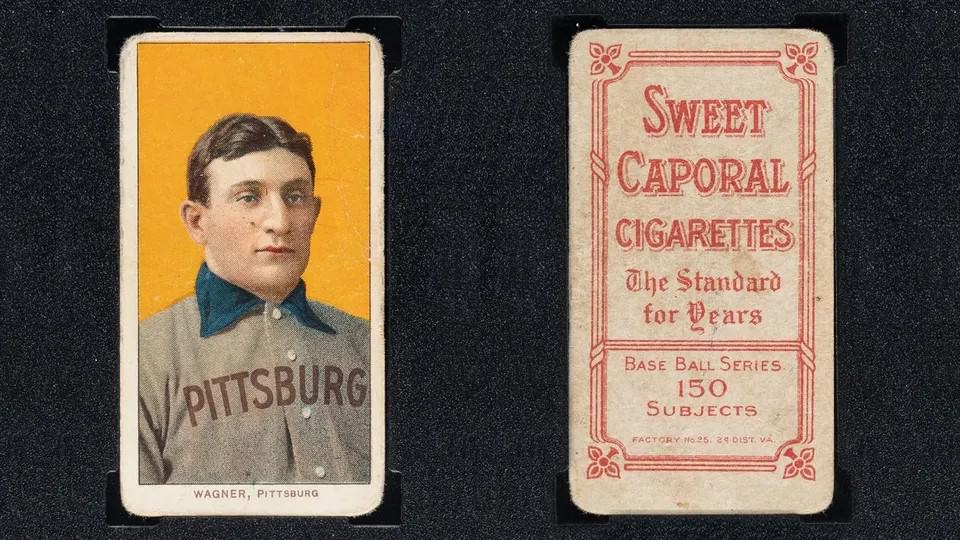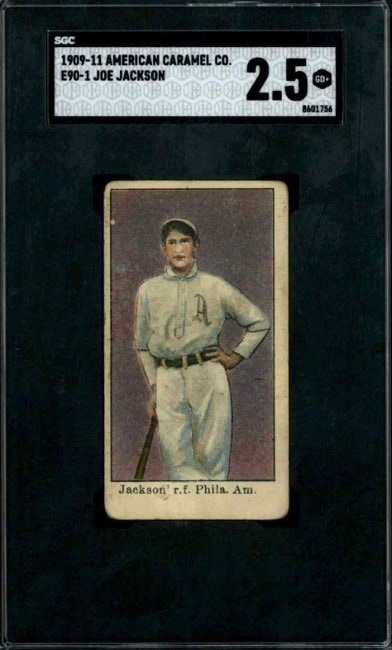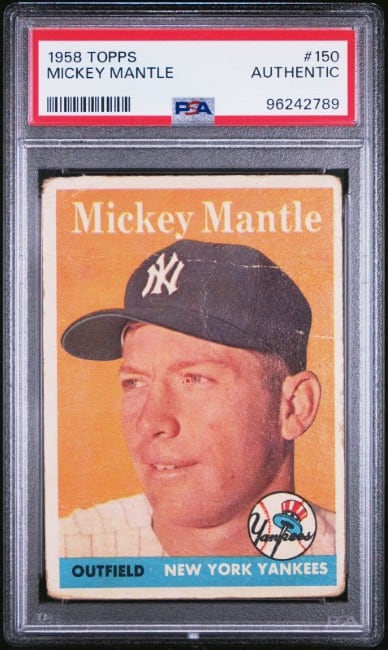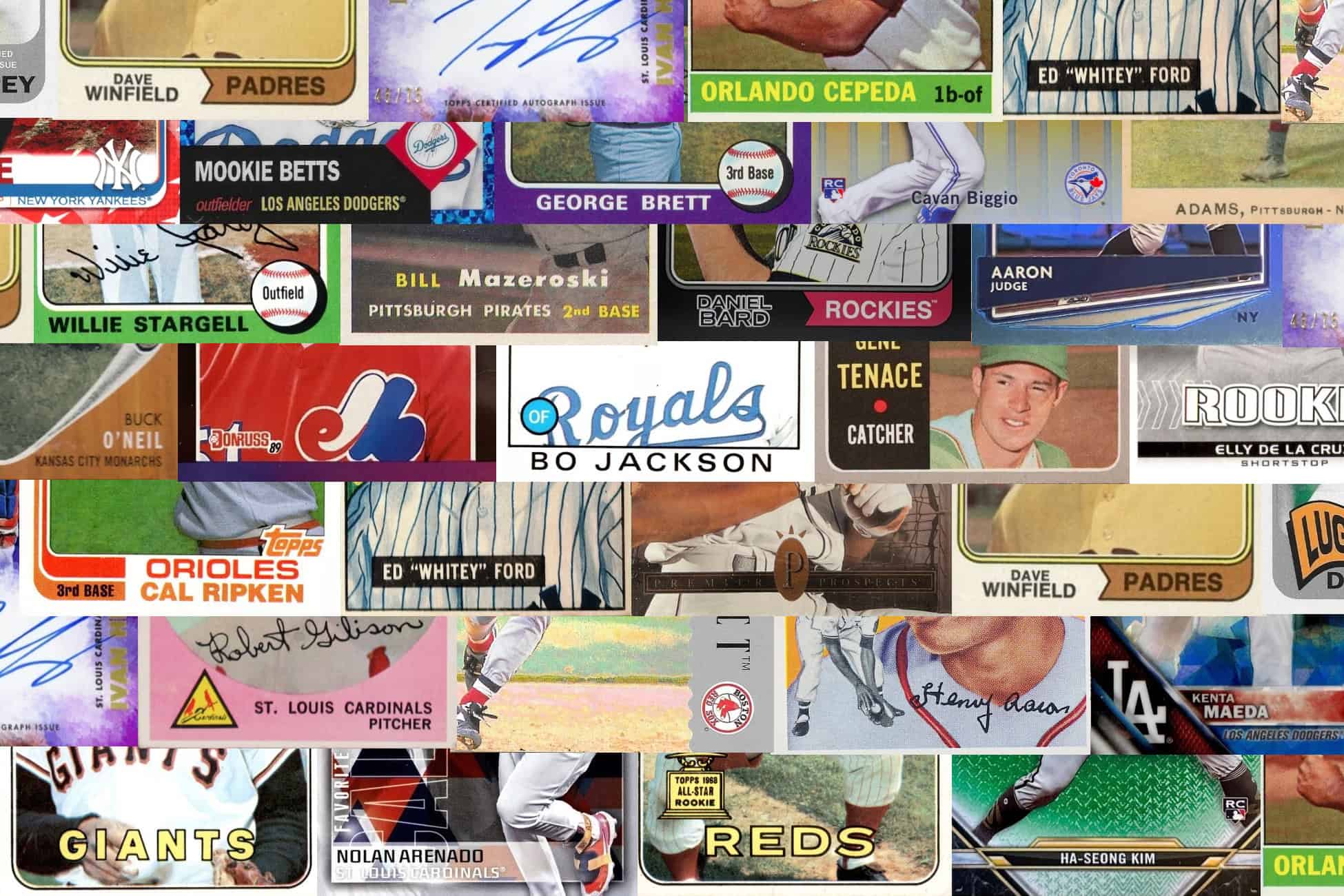Card corners are one of the most critical aspects of baseball card collecting, often serving as a key determinant of a card’s overall condition and value. Whether you’re handling vintage classics or modern refractors, a card’s corners play a vital role in how collectors and grading companies assess a card’s quality. A sharp, pristine corner can make the difference between a gem mint grade and a lower-tiered condition, affecting both a card’s visual appeal and marketability.
From the moment a card is printed to when it reaches a collector’s hands, its corners are susceptible to various types of wear and damage. Learning about how card corners are evaluated, the common issues they face, and the best methods for preserving them is essential for any serious collector. In this article, we’ll break down the role of corners in professional grading, compare their importance to other card attributes, and discuss strategies for keeping them in top condition.
Common Terminology

Collectors often use specific terms to describe the condition of card corners:
- Sharp corners are those that are crisp, clean, and without any rounding or fraying.
- Fuzzy corners show signs of slight wear, appearing softened or less defined.
- Dinged corners have small bends or indentations, often caused by impact or mishandling.
- Frayed corners exhibit noticeable separation or roughness along the edges, a common issue in older or well-used cards.
- Rounded corners, which result from extensive wear, appear curved rather than sharp. They are frequently seen on vintage or heavily played cards.
Some cards also have factory imperfections. Corners might become slightly flawed due to the manufacturing process rather than post-pack handling.
How Card Corners Are Graded

Professional grading companies like PSA (Professional Sports Authenticator), BGS (Beckett Grading Services), and SGC (Sportscard Guaranty Corporation) place significant emphasis on card corners when assigning a final grade. Corners are typically assessed based on their sharpness, symmetry, and presence of wear or fraying. A card in gem mint condition must have razor-sharp corners with no signs of fuzzing, bending, or imperfection under magnification. Even the slightest softening or roughness can prevent a card from receiving a perfect grade.
As the grade decreases, the tolerance for corner imperfections increases. A card in mint condition may exhibit the faintest signs of wear. However, it should still have corners that appear sharp to the naked eye. Near mint-mint cards may have minor softening or slight roughness on one or more corners. However, these flaws should not significantly impact the overall appearance. Lower-graded cards, particularly those graded as PSA 7 and below, show progressively more pronounced wear. This can include rounded, fuzzy, or frayed corners, which can significantly impact both visual appeal and market value. Cards with significant damage may earn the lowest possible grade – “Authentic” or “N0” – which PSA describes as “the item, in our opinion, is real but nothing more.”
Corners are weighted heavily in the grading process, sometimes just as much as centering and surface condition. A single flawed corner can be the deciding factor between a card being considered an investment-grade piece or a mid-tier collectible. Because of their immediate visual impact, collectors often scrutinize corners as a top priority when evaluating condition.
Comparing Corners to Other Grading Factors

While corners are crucial, they are just one aspect of a card’s overall grade. Other attributes, such as edges, surface, and centering, also play a role in determining value. Edges, like corners, are prone to chipping and wear, but collectors often tolerate minor edge imperfections. Surface condition, including scratches, print defects, and dimples, can detract from a card’s appeal. However, a well-centered card with pristine corners may still receive a high grade despite minor surface flaws.
BGS is the only major professional grading service that assigns sub-grades to their cards – Centering, corners, edges and surface. This helps the collector focus on what is most important to them. For example, some collectors may choose to overlook centering. As long as the corners are sharp, it’s fairly normal for a vintage card to be off-center.
One important distinction between vintage and modern cards is the thickness of the cardstock used in production. Many vintage cards were printed on thinner stock, making their corners more fragile and prone to damage over time. In contrast, modern Chrome and high-end cards are printed on thicker, more durable stock, offering greater resistance to wear. This difference means that collectors of vintage cards must be especially careful when handling and storing their collections, as even minor contact can significantly impact corner condition.
How Card Corners Become Damaged

Understanding how card corners become damaged can help collectors take preventive measures. One of the most common causes of corner wear is poor handling. Frequent handling, especially without protective sleeves, can lead to softening and rounding of corners. Gripping a card too firmly or shuffling through a stack can cause gradual wear over time. Even the simple act of placing a card on a hard surface can result in dings or minor bends at the corners, especially for fragile vintage cards.
Storage also plays a significant role in corner preservation. Cards stored loosely in boxes or binders with inadequate protection are particularly susceptible to corner dings. Stacking heavy items on top of cards can lead to bent or compressed corners, while improper binder storage can cause movement and friction that leads to wear. Similarly, improper packaging during shipping can result in corner damage. Bubble mailers without rigid top loaders or penny sleeves leave cards vulnerable to impact, especially when shipped in bulk.
In some cases, cards come out of the pack with imperfect corners due to factory cutting and production flaws. Some cards may have slightly rough edges or small inconsistencies right from the manufacturer, which can impact their ability to achieve gem mint grades. While these issues are unavoidable, collectors should still take every precaution to preserve corners once the card is in their possession.
How to Protect a Card’s Corners

Taking proactive steps to protect your card’s corners is essential for maintaining a collection’s value. One of the most effective ways to prevent corner damage is by using protective sleeves and top loaders. A soft penny sleeve followed by a rigid top loader or magnetic holder acts as a barrier against physical contact and minimizes handling risks. For raw (ungraded) cards, high-quality binder pages with secure pockets can help prevent movement and protect corners from unnecessary wear. Graded cards should be stored in protective cases or display frames to ensure long-term preservation.
Handling cards with care is another critical factor. Always hold cards by their edges to avoid applying pressure to corners. Using cotton gloves can further reduce the risk of accidental damage, particularly when dealing with high-value or vintage cards. Additionally, when shipping cards, it is essential to pack them securely. A properly packaged card should be in a penny sleeve, inserted into a top loader, and sealed within a team bag. Adding cardboard reinforcements or a Ding Defender, and using a bubble mailer, can provide extra protection against shipping damage. It’s also a good idea to mail cards via a non-machinable method, to avoid them becoming bent in sorting machines.
Conclusion
Card corners are a fundamental aspect of baseball card collecting, playing a key role in determining a card’s grade and value. Whether you’re a casual collector or a high-end investor, understanding how corners are graded, how they compare to other grading factors, and how to protect them is crucial for preserving the integrity of your collection.
By handling cards with care, using proper storage techniques, and staying informed about common corner-related issues, collectors can ensure their prized possessions remain in top condition for years to come. Whether you’re chasing PSA 10s or simply preserving sentimental favorites, a little extra attention to card corners can go a long way in the world of baseball card collecting.

